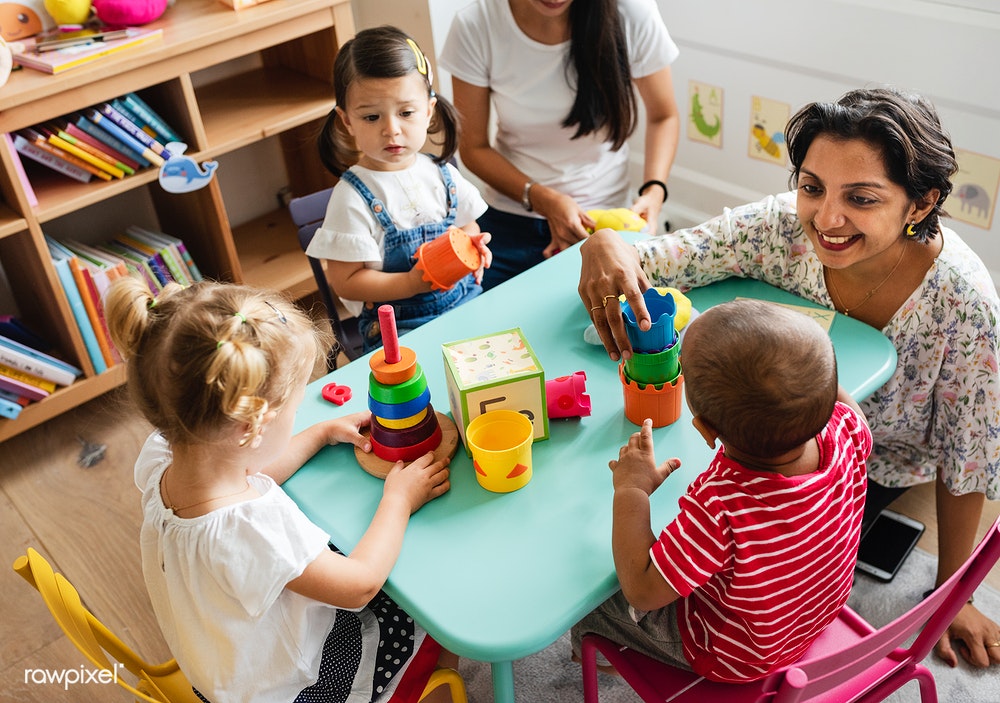Episode 14: My Opinion about How You Can Build Your Child’s Language by Giving Them Instructions
I find that a lot of parents take for granted or are not aware that giving their child instructions particularly children who are delayed in talking can and will actually build their language skills which in the end makes them smarter. Teachers and teacher assistants can also use these tips to build their students’ language skills.
These are the two kinds of instructions and the ways in which you can give them to grow your child’s language and to make them smarter:
1. Routine instructions- Instructions that encourage compliance
2. Non-routine instructions- Instructions that grow a child’s language
1. Routine Instructions
These instructions are mostly about routine things.
Examples of these routine instructions include; asking your child to take their cup into the kitchen after they have finished having their cup or tea, milk or juice, or asking them to get a cup if they ask for water etc.
These types of instructions require compliance as they teach your child what you want them to do and when you want them to carry out the respective task. These instructions are good for teaching listening skills.
Routine instructions can be performed by your child on autopilot as the instruction is usually simple and is on routine things i.e. the things they need or do day in and day out like asking for water or taking their cup back to the kitchen after they have finished taking their milk/ tea/juice. And because these types of instructions can be followed by your child autopilot, they are not the best for improving vocabulary and building language

2. Non-routine Instructions
Non-routine instructions are more beneficial and more likely to grow your child’s language and to make them smarter and this is the kind to focus on.
With this kind of instruction, your child will really have to engage and process everything you say for them to be able to accomplish what has been asked of them.
The way to go about giving this instruction is to give “multi-tiered and complex” instructions which will force your child to understand every aspect of. E.g. you can ask your child to, “go to the second drawer in your bedroom and get your reading glasses”. This of course should not be the usual place where you keep your reading glasses. This instruction will force your child to engage in order to figure out what, “second” and “drawer” is.
Another example of a non-routine instruction could be “go to the kitchen and get me the blue and yellow cup”. The blue and yellow cup should not be the cup that your child is used to bringing to you when you ask them to get a cup. That way, your child will have to engage to figure out which kind of cup you are asking for.
Non-routine instructions to build your child’s language & make them smarter
Non-routine instructions present good opportunities to find out the kinds of words that your child is not familiar with.
When you give your child an instruction and you find out that they are not able to execute it, that is a good pointer that there is a word or particular words in that command that your child is not familiar with. You can then start to teach this word or words and when you teach it, you can test again with an instruction.
For example if you say to your child, “get me the remote that is under the chair” and they get you the one that is under the table then you might be forced to probably rationalise that perhaps your child doesn’t understand the word “under”. You can then start to teach this word by giving multiple examples or multiple models of the word “under”. You can stack the word, one after another and build tiers of instructions and get a child to do multi-step of things. You can throw the word “under” all over the place, so that the next time you give the instruction, your child will be able to follow it.

Final word
The problem I find with most homes is that they are very routine oriented. Like sometimes, I will say to parents who come to the clinic, does your child follow instructions? They say “yes” and they might give an example like, “oh ya actually, whenever a phone rings they know who to give the phone to”. And am thinking, “The phone ringing is their prompt and they have very good visual and good memory and so they know who to give the phone to”.
This cannot be counted as an instruction that can actually build language skills. It might go unknown to parents that yes their child can follow instructions but they might not know the specific vocabulary for the various things that they are asked to fetch at home. Think about it…rarely do parents deviate set scripts, words spoken…simply, most homes lack novelty of vocabulary!
Giving instructions or commands are a very powerful way of getting your child to grow their language skills. Please get started and let me know how it goes. Parents might also find these posts useful:
1. 4 fool-proof tips to grow your child’s language
2. Speech therapy at home: Late-Talker’s Bootcamp course







